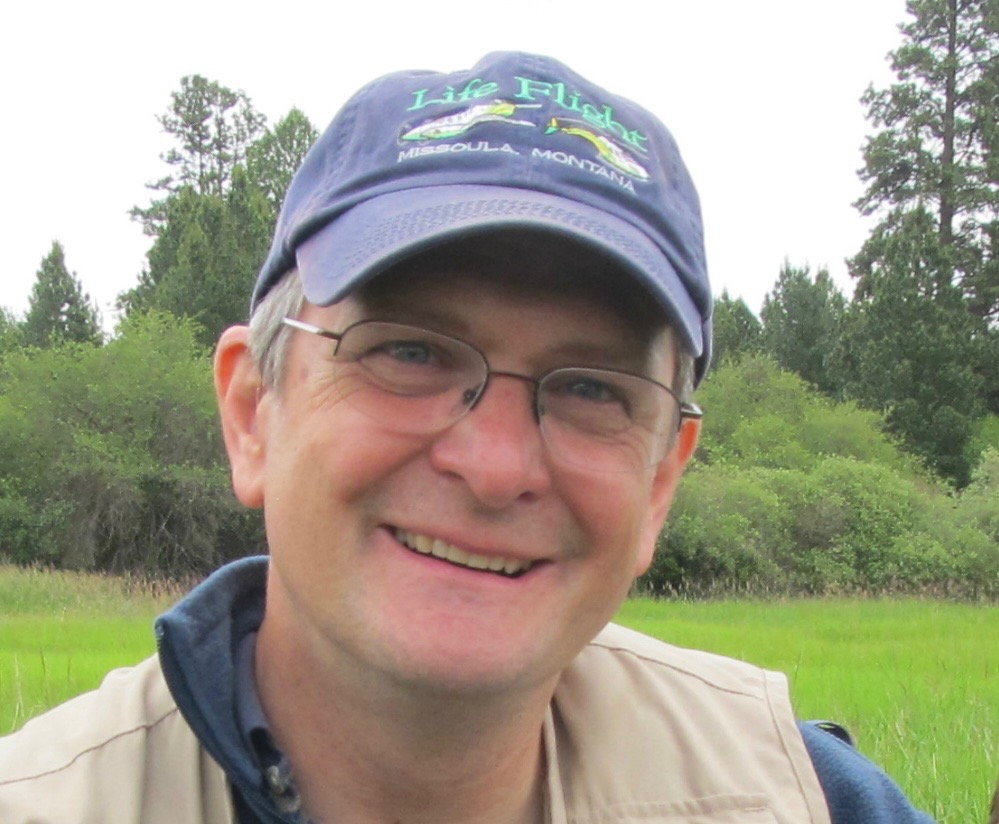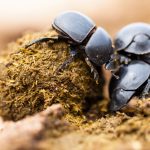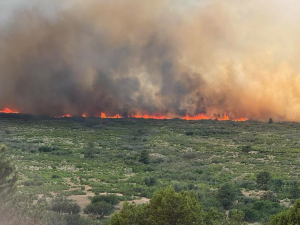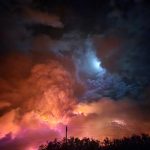Writers on the Range: Bison — back where they belong
Writers on the Range

Early in the COVID-19 epidemic, I visited the bison range on the Flathead Indian Reservation in northwestern Montana. But the bison didn’t get the memo about social distancing.
A trio of bull bison — each a ton on the hoof — fed on bunchgrass. I watched my son’s eyes grow wider as one of the bulls approached our truck, as if it might want to rub off its winter coat on the fender.

Not long ago, the bison range visitor center would have given my family a history of the place by focusing on Theodore Roosevelt, America’s 26th president and founder of the National Bison Range. Now, that story is getting a much-needed makeover.
TR still captivates the American imagination, as demonstrated by the recent Ken Burns miniseries on PBS. In particular, Roosevelt has been lionized by conservationists. He helped rescue American wildlife from extinction after the market-hunting bloodbaths of the 1800s, created the first national wildlife refuge, and signed the Antiquities Act that enabled the creation of national monuments.
More than any other elected official in U.S. history, he made conservation a household word. Americans were so grateful we carved his face on a mountain.

Support Local Journalism
But that ignores the rest of his legacy. Roosevelt was also a white supremacist who believed that whites were meant to rule the world. His views on race warped his policies, both foreign and domestic. It’s easy to dismiss this dark side of Roosevelt as reflecting the norm for his era, but he was behind the times even in his times.
This contradictory man was someone who knew birds by their songs and wrote bestsellers about the beauty of nature. Yet he also threw around racial slurs and used pseudo-science to justify his racist policies.
So, what are we to make of this today? Is TR a hero for being a trustbuster, savior of the Grand Canyon and the egret? Or did he set destructive policies for a century to come? Perhaps both are true.
Case in point: The huge bison that thrilled my son. Before 1776, tens of millions of bison roamed North America. But by the time Teddy Roosevelt was a young cowboy in the Dakotas in 1883, only a few hundred animals still lived in Canada and this country, somehow avoiding the mass slaughter that accompanied Manifest Destiny. After Roosevelt shot one of the last lonesome bison, the death is said to have sparked a change in him, spurring him to become a conservationist.
But there is more to that story. Indigenous people had created deep cultures of conservation that predated Columbus. In Roosevelt’s day, tribes were desperate to save the bison and their way of life. It was Indigenous people, such as Sam Walking Coyote and Michael Pablo, who helped rescue a small herd of bison from Saskatchewan, and brought them back to the Flathead Reservation.
President Roosevelt also wanted to restore bison, and as president in 1908, he created the National Bison Range by taking 18,500 acres out of the Flathead Indian Reservation. But this action ignored the wishes of the Salish, Pend Oreille and Kootenai people, who had been forced to live there since 1855. What’s more, the bison refuge was run not by the tribes, but by the U.S. Fish & Wildlife Service, which mostly inflated Roosevelt’s role in the story and dismissed those of Native Americans.
But history has written a new chapter. Congress in 2020 moved to return management of the bison range to the Confederated Salish & Kootenai Tribes, and this May, Interior Secretary Deb Haaland visited the bison range to take part in a celebration of that long-awaited change.
The return of the bison range to the Tribes is a “triumph and a testament to what can happen when we collaboratively work together to restore balance to ecosystems that were injured by greed and disrespect,” said Haaland at the ceremony.
It has taken decades, but a historic wrong has been righted. All we had to do was look honestly at history and one of our conservation heroes.
Ben Long is a contributor to Writers on the Range, an independent nonprofit dedicated to spurring lively conversation about the West. He is senior program director at Resource Media in Kalispell, Montana.










